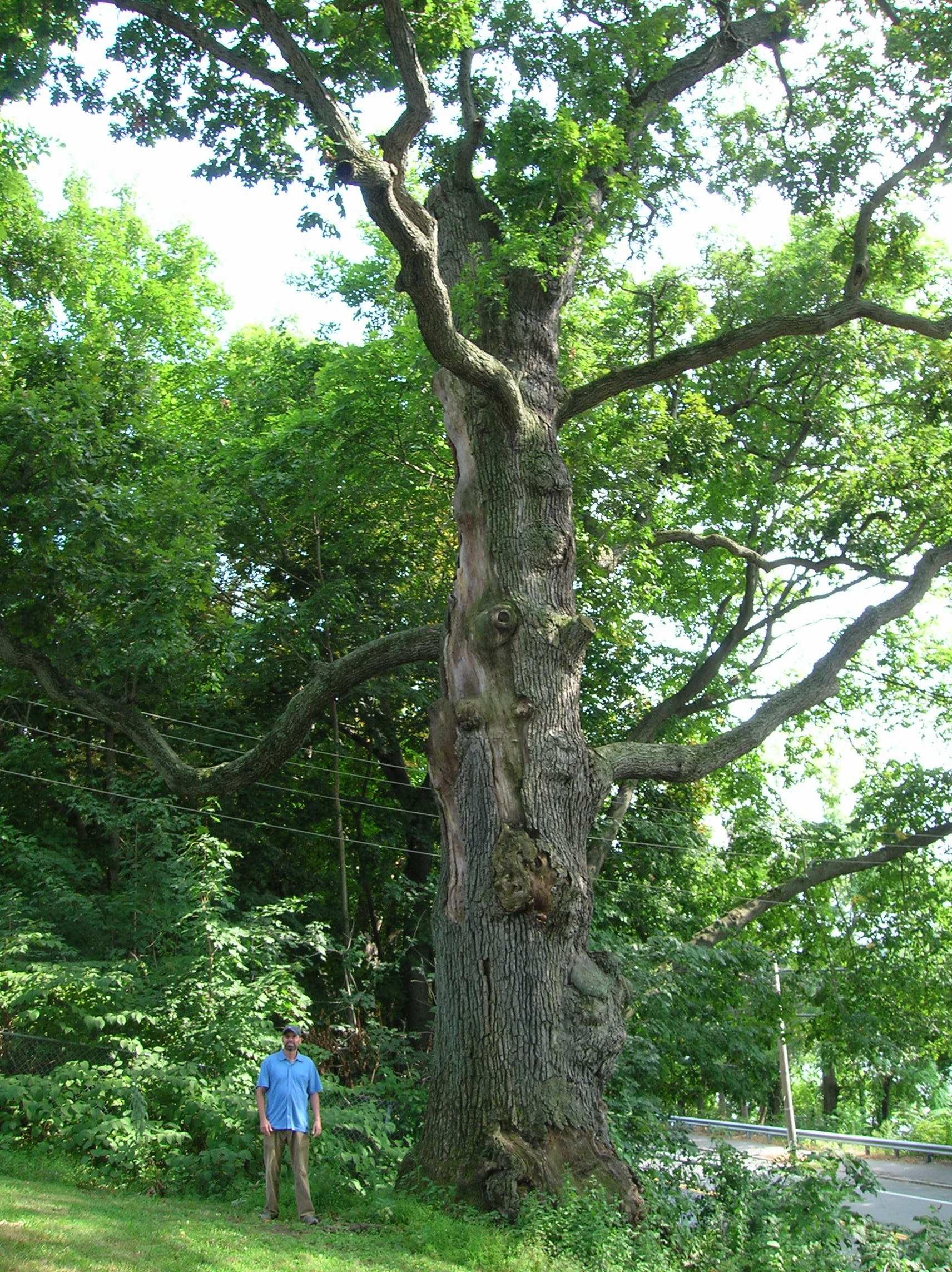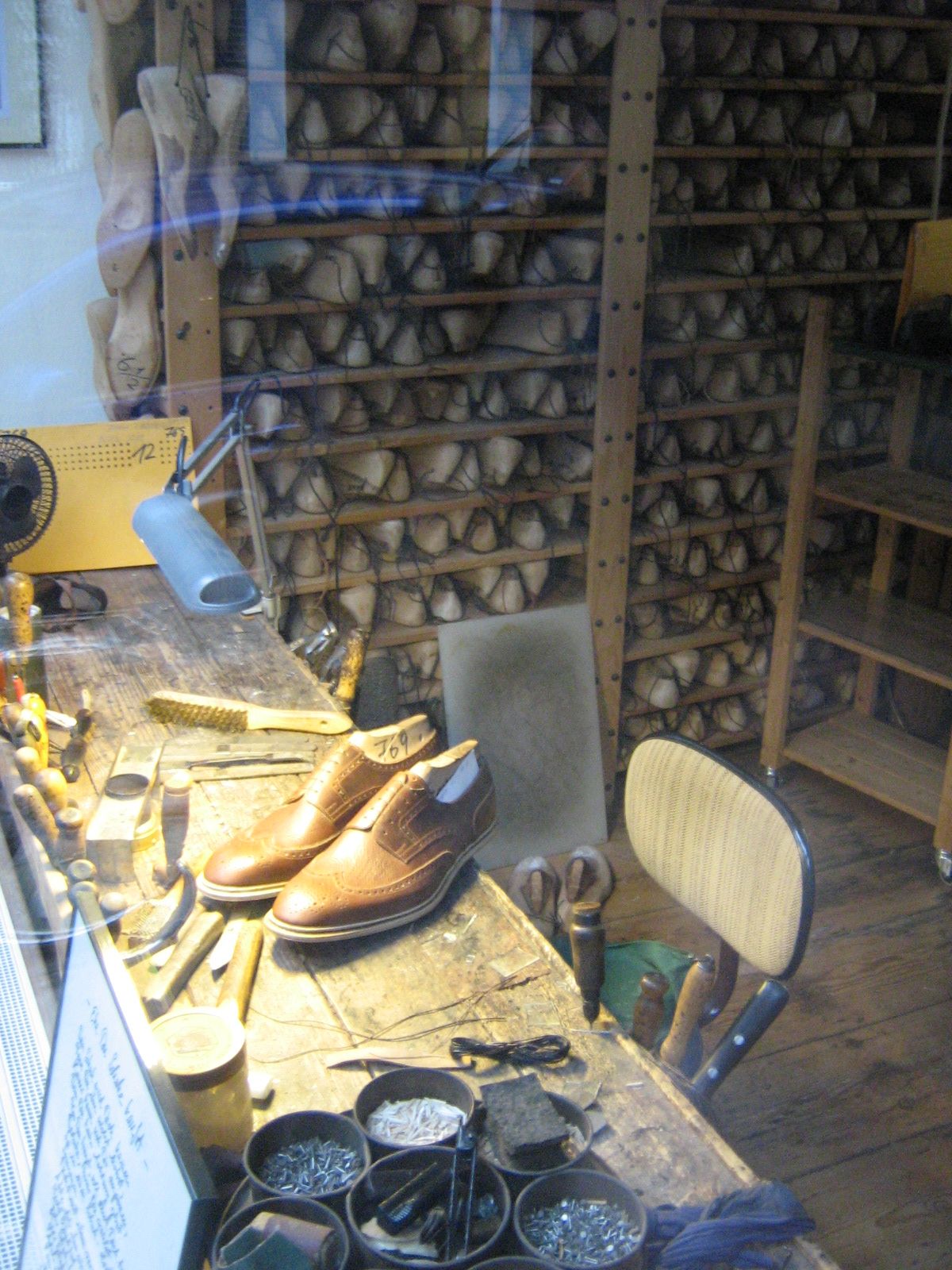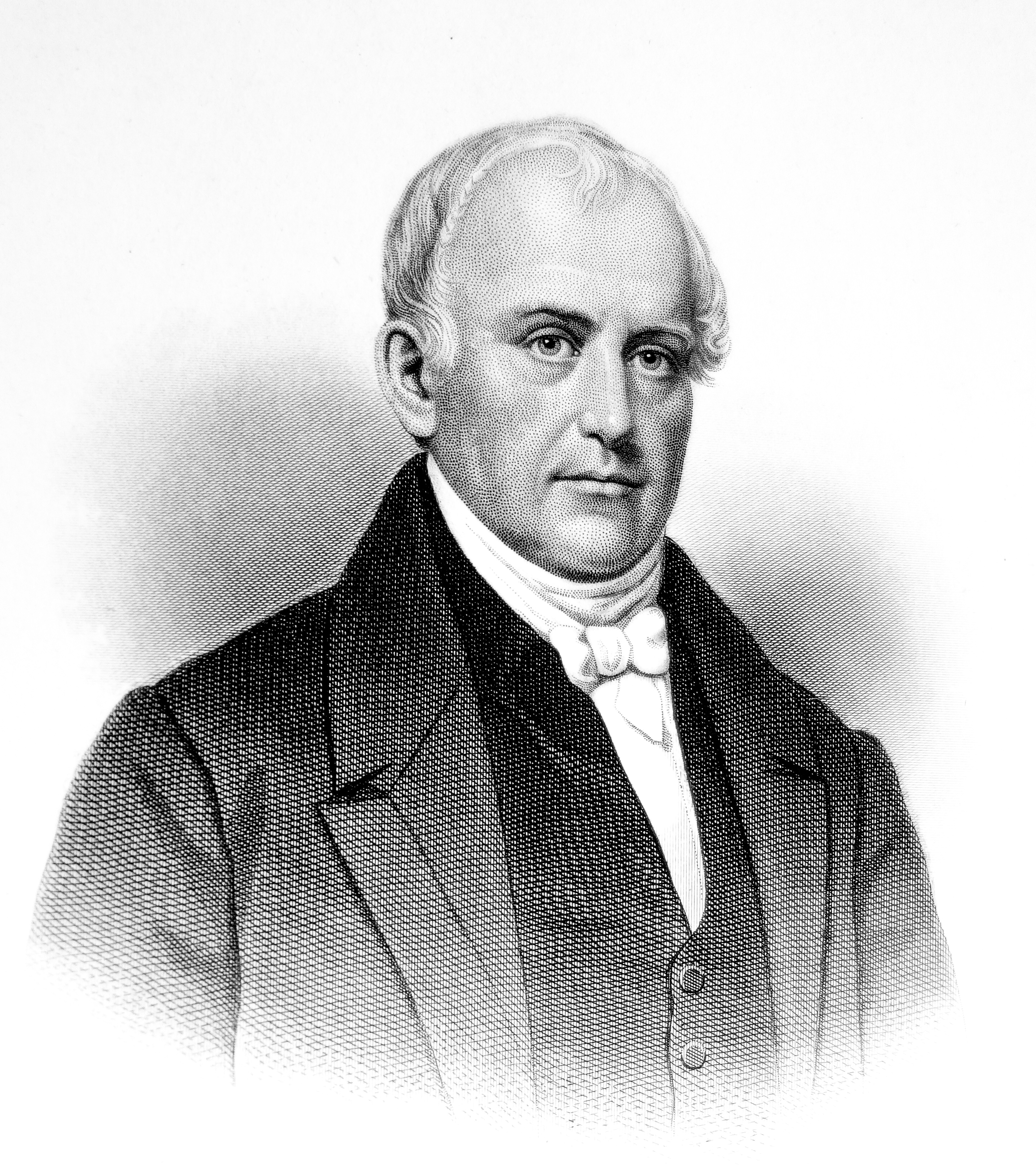|
Danville, New Hampshire
Danville is a town in Rockingham County, New Hampshire, United States. The population was 4,408 at the 2020 census. Danville is part of the Timberlane Regional School District, with students attending Danville Elementary School, Timberlane Regional Middle School, and Timberlane Regional High School. History In 1694 the parish of Kingstown (now Kingston) was incorporated, and it included the area known as "Hawke" as the westerly part of the parish. There were some families that lived in this region as early as the mid-1600s, but the first recorded settlements were about 1735. The meeting house in Kingstown was quite a distance for the residents of the westerly part of the parish to travel. Travel through this part of town was on roads which were little more than footpaths or bridleways that led from farm to farm. The residents of this westerly part of town built their own meeting house (the Old Meeting House) in 1755 and petitioned the Governor on January 2, 1760, to be set a ... [...More Info...] [...Related Items...] OR: [Wikipedia] [Google] [Baidu] |
Elm Farm (Danville, New Hampshire)
Elm Farm, alsk known as the Sargent Farm, is a historic farm property at 599 Main Street ( New Hampshire Route 111A) in Danville, New Hampshire. Established about 1835, it has been in agricultural use since then, with many of its owners also engaged in small commercial or industrial pursuits on the side. The main farmhouse is one of the town's best examples of Gothic Revival architecture. The property was listed on the National Register of Historic Places in 1988. Description and history Elm Farm is located in rural northern Danville, on the west side of Main Street just south of its junction with Beach Plain Road. The property consists of of land, stretching in a relatively narrow strip all the way west to the town line with Sandown. The westernmost portions of the property consists of woods and swamp, while the immediately west of the road are given over to crops, pasture, and the farmstead. The farmstead is a typical 19th-century New England connected construction, includin ... [...More Info...] [...Related Items...] OR: [Wikipedia] [Google] [Baidu] |
Kingston, New Hampshire
Kingston is a town in Rockingham County, New Hampshire, United States. The population at the 2020 census was 6,202. History Kingston was the fifth town to be established in New Hampshire. Originally, it was a part of Hampton, New Hampshire. After King Philip's War, the establishment of new settlements was made possible by peace treaties with the local Indian tribes and, in 1692, by geographical and jurisdictional agreements between the provinces of Massachusetts Bay and New Hampshire. Consequently, certain residents of Hampton petitioned for a grant of a separate township to be created from the western part of Hampton. And so, in 1694, King William III of England granted a royal charter establishing the town of "Kingstown", so named in honor of the King. Use of the title rather than the King's name was common at the time. The original charter exists to this day. Historic district The Kingston historic district encompasses the town center of Kingston. Historic buildings and s ... [...More Info...] [...Related Items...] OR: [Wikipedia] [Google] [Baidu] |
Haverhill, Massachusetts
Haverhill ( ) is a city in Essex County, Massachusetts, United States. Haverhill is located 35 miles north of Boston on the New Hampshire border and about 17 miles from the Atlantic Ocean. The population was 67,787 at the 2020 United States Census. Located on the Merrimack River, Haverhill began as a farming community of Puritans, largely from Newbury Plantation. The land was officially purchased from the Pentuckets on November 15, 1642 (One year after incorporation) for three pounds, and ten shillings. Pentucket was renamed Haverhill (after the Ward family's hometown in England) and evolved into an important industrial center, beginning with sawmills and gristmills run by water power. In the 18th and 19th century, Haverhill developed woolen mills, tanneries, shipping and shipbuilding. The town was home to a significant shoe-making industry for many decades. By the end of 1913, one tenth of the shoes produced in the United States were made in Haverhill, and because of this the ... [...More Info...] [...Related Items...] OR: [Wikipedia] [Google] [Baidu] |
Cordwainer
A cordwainer () is a shoemaker who makes new shoes from new leather. The cordwainer's trade can be contrasted with the cobbler's trade, according to a tradition in Britain that restricted cobblers to repairing shoes. This usage distinction is not universally observed, as the word ''cobbler'' is widely used for tradespersons who make or repair shoes. The Oxford English Dictionary says that the word ''cordwainer'' is archaic, "still used in the names of guilds, for example, ''the Cordwainers' Company''"; but its definition of ''cobbler'' mentions only mending, reflecting the older distinction. Play 14 of the Chester Cycle was presented by the guild of corvisors or corvysors. defines corvisor or corvysor as shoemaker Etymology The term ''cordwainer'' entered English as ''cordewaner(e)'', fro ...[...More Info...] [...Related Items...] OR: [Wikipedia] [Google] [Baidu] |
Salem, Massachusetts
Salem ( ) is a historic coastal city in Essex County, Massachusetts, located on the North Shore of Greater Boston. Continuous settlement by Europeans began in 1626 with English colonists. Salem would become one of the most significant seaports trading commodities in early American history. It is a suburb of Boston. Today Salem is a residential and tourist area that is home to the House of Seven Gables, Salem State University, Pioneer Village, the Salem Maritime National Historic Site, Salem Willows Park, and the Peabody Essex Museum. It features historic residential neighborhoods in the Federal Street District and the Charter Street Historic District.Peabody Essex announces $650 million campaign WickedLocal.com, November 14, 2011 [...More Info...] [...Related Items...] OR: [Wikipedia] [Google] [Baidu] |
Gloucester, Massachusetts
Gloucester () is a city in Essex County, Massachusetts, in the United States. It sits on Cape Ann and is a part of Massachusetts's North Shore. The population was 29,729 at the 2020 U.S. Census. An important center of the fishing industry and a popular summer destination, Gloucester consists of an urban core on the north side of the harbor and the outlying neighborhoods of Annisquam, Bay View, Lanesville, Folly Cove, Magnolia, Riverdale, East Gloucester, and West Gloucester. History The boundaries of Gloucester originally included the town of Rockport, in an area dubbed "Sandy Bay". The village separated formally from Gloucester on February 27, 1840. In 1873, Gloucester was reincorporated as a city. Contact period Native Americans inhabited what would become northeastern Massachusetts for thousands of years prior to the European colonization of the Americas. At the time of contact, the area was inhabited by Agawam people under sachem Masconomet. Evidence of a village exis ... [...More Info...] [...Related Items...] OR: [Wikipedia] [Google] [Baidu] |
Newburyport, Massachusetts
Newburyport is a coastal city in Essex County, Massachusetts, United States, northeast of Boston. The population was 18,289 at the 2020 census. A historic seaport with vibrant tourism industry, Newburyport includes part of Plum Island. The mooring, winter storage, and maintenance of recreational boats, motor and sail, still contribute a large part of the city's income. A Coast Guard station oversees boating activity, especially in the sometimes dangerous tidal currents of the Merrimack River. At the edge of the Newbury Marshes, delineating Newburyport to the south, an industrial park provides a wide range of jobs. Newburyport is on a major north-south highway, Interstate 95. The outer circumferential highway of Boston, Interstate 495, passes nearby in Amesbury. The Newburyport Turnpike (U.S. Route 1) still traverses Newburyport on its way north. The Newburyport/Rockport MBTA commuter rail from Boston's North Station terminates in Newburyport. The earlier Boston and Maine Ra ... [...More Info...] [...Related Items...] OR: [Wikipedia] [Google] [Baidu] |
Blacksmith
A blacksmith is a metalsmith who creates objects primarily from wrought iron or steel, but sometimes from #Other metals, other metals, by forging the metal, using tools to hammer, bend, and cut (cf. tinsmith). Blacksmiths produce objects such as gates, grilles, railings, light fixtures, furniture, sculpture, tools, agricultural implements, decorative and religious items, cooking utensils, and weapons. There was an historical distinction between the heavy work of the blacksmith and the more delicate operation of a whitesmith, who usually worked in Goldsmith, gold, Silversmith, silver, pewter, or the finishing steps of fine steel. The place where a blacksmith works is called variously a smithy, a forge or a blacksmith's shop. While there are many people who work with metal such as farriers, wheelwrights, and Armourer, armorers, in former times the blacksmith had a general knowledge of how to make and repair many things, from the most complex of weapons and armor to simple things ... [...More Info...] [...Related Items...] OR: [Wikipedia] [Google] [Baidu] |
Cooper (profession)
A cooper is a person trained to make wooden casks, barrels, vats, buckets, tubs, troughs and other similar containers from timber staves that were usually heated or steamed to make them pliable. Journeymen coopers also traditionally made wooden implements, such as rakes and wooden-bladed shovels. In addition to wood, other materials, such as iron, were used in the manufacturing process. The trade is the origin of the surname Cooper. Etymology The word "cooper" is derived from Middle Dutch or Middle Low German ''kūper'' 'cooper' from ''kūpe'' 'cask', in turn from Latin ''cupa'' 'tun, barrel'. Everything a cooper produces is referred to collectively as ''cooperage.'' A cask is any piece of cooperage containing a bouge, bilge, or bulge in the middle of the container. A barrel is a type of cask, so the terms "barrel-maker" and "barrel-making" refer to just one aspect of a cooper's work. The facility in which casks are made is also referred to as a cooperage. As a name In mu ... [...More Info...] [...Related Items...] OR: [Wikipedia] [Google] [Baidu] |
Sawmill
A sawmill (saw mill, saw-mill) or lumber mill is a facility where logs are cut into lumber. Modern sawmills use a motorized saw to cut logs lengthwise to make long pieces, and crosswise to length depending on standard or custom sizes (dimensional lumber). The "portable" sawmill is of simple operation. The log lies flat on a steel bed, and the motorized saw cuts the log horizontally along the length of the bed, by the operator manually pushing the saw. The most basic kind of sawmill consists of a chainsaw and a customized jig ("Alaskan sawmill"), with similar horizontal operation. Before the invention of the sawmill, boards were made in various manual ways, either rived (split) and planed, hewn, or more often hand sawn by two men with a whipsaw, one above and another in a saw pit below. The earliest known mechanical mill is the Hierapolis sawmill, a Roman water-powered stone mill at Hierapolis, Asia Minor dating back to the 3rd century AD. Other water-powered mills followe ... [...More Info...] [...Related Items...] OR: [Wikipedia] [Google] [Baidu] |
Industrial Revolution In The United States
The Industrial Revolution in the United States was an epoch during the first 100 years of United States history where the economy progressed from manual labor and farm labor to a greater degree of industrialization based on labor. There were many improvements in technology and manufacturing fundamentals with results that greatly improved overall production and economic growth in the United States. The Industrial Revolution occurred in two distinct phases, the First Industrial Revolution occurred during the latter part of the 18th century through the first half of the 19th century and the Second Industrial Revolution advanced following the American Civil War. Among the main contributors to the First Industrial Revolution were Samuel Slater's introduction of British industrial methods in textile manufacturing to the United States, Eli Whitney's invention of the cotton gin, Éleuthère Irénée du Pont's improvements in chemistry and gunpowder making, and other industrial advancem ... [...More Info...] [...Related Items...] OR: [Wikipedia] [Google] [Baidu] |
American Civil War
The American Civil War (April 12, 1861 – May 26, 1865; also known by other names) was a civil war in the United States. It was fought between the Union ("the North") and the Confederacy ("the South"), the latter formed by states that had seceded. The central cause of the war was the dispute over whether slavery would be permitted to expand into the western territories, leading to more slave states, or be prevented from doing so, which was widely believed would place slavery on a course of ultimate extinction. Decades of political controversy over slavery were brought to a head by the victory in the 1860 U.S. presidential election of Abraham Lincoln, who opposed slavery's expansion into the west. An initial seven southern slave states responded to Lincoln's victory by seceding from the United States and, in 1861, forming the Confederacy. The Confederacy seized U.S. forts and other federal assets within their borders. Led by Confederate President Jefferson Davis, ... [...More Info...] [...Related Items...] OR: [Wikipedia] [Google] [Baidu] |








